Search Images
Browse Content (p. 810)
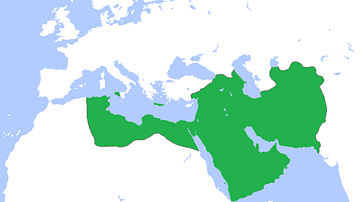
Image
Map of the Abbasid Empire
The extent of the Abbasid empire at its greatest extent has been shaded with green. The whole of the Arabian Peninsula, Persia, Iraq, Syria, parts of Asia Minor, Egypt, the North African coast excluding Morocco (Maghreb), Crete and the western...
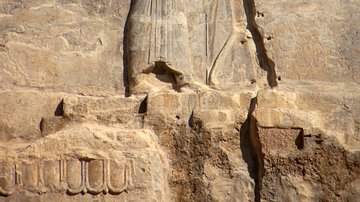
Image
Artaxerxes II in Relief, Persepolis
Relief depicting Artaxerxes II (r. 404-358 BCE) on the entry to his tomb. Persepolis, Fars Province, Iran.
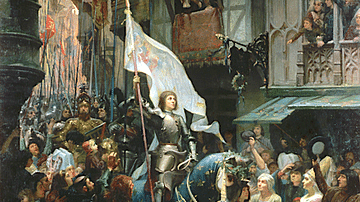
Image
Joan of Arc in Orleans
A 19th century CE painting by Jean-Jacques Scherrer showing Joan of Arc (1412-1431 CE), victorious after lifting the siege of Orleans during the Hundred Years' War (1337-1453 CE). (Museum of Fine Arts, Orleans, France)
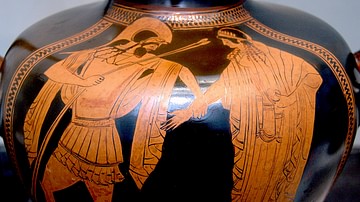
Image
Menelaus & Helen
A detail of an Attic red-figure hydria, c. 480 BCE, showing the Spartan king reunited with his wife Helen of Troy after the Trojan war. (Staatliche Antikensammlungen, Munich)
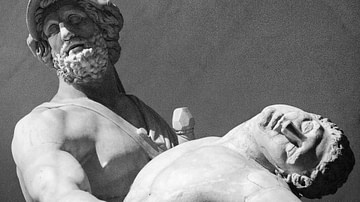
Image
Menelaus & Patroclus
A statue group possibly representing the Spartan king Menelaus supporting the fallen Patroclus, one of the famous episodes of the Trojan War of Greek mythology. Roman copy of a Hellenistic period original. (Loggia dei Lanzi, Florence)
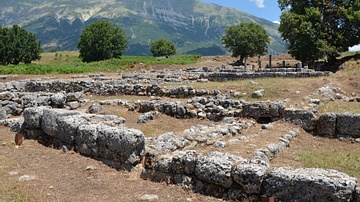
Image
Antigoneia of Epirus, Albania
The city of Antigoneia in Epirus (Albania) was built on the Hippodamian grid system and covered an area of almost 45 hectares
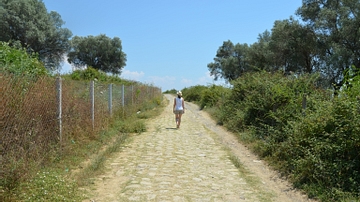
Image
Walking the Via Egnatia
A 100 m-long portion of the Via Egnatia can be seen near the provincial town of Peqin, between Durrës and Elbasan (Albania). The pavement is about six metres wide with an Ottoman surface, a later repair of the earlier Byzantine and Roman...
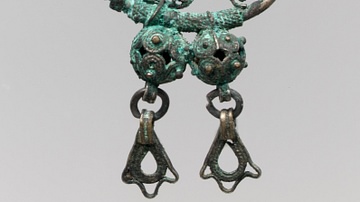
Image
Avar Earrings
Avar earrings from the 8th-9th century CE.
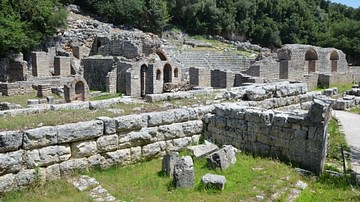
Image
Agora and Roman Forum, Butrint
The Agora of Butrint (Albania) with the Roman Forum and the Sanctuary of Asclepius in the background.
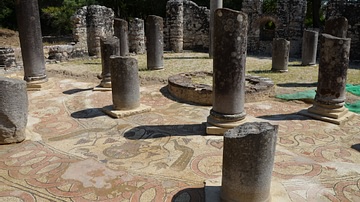
Image
Baptistery in Butrint, Albania
The Baptistery of Butrint in Albania with its well-preserved mosaic pavement featuring iconography relating both to Christianity and to aristocratic life. Early 6th century CE.